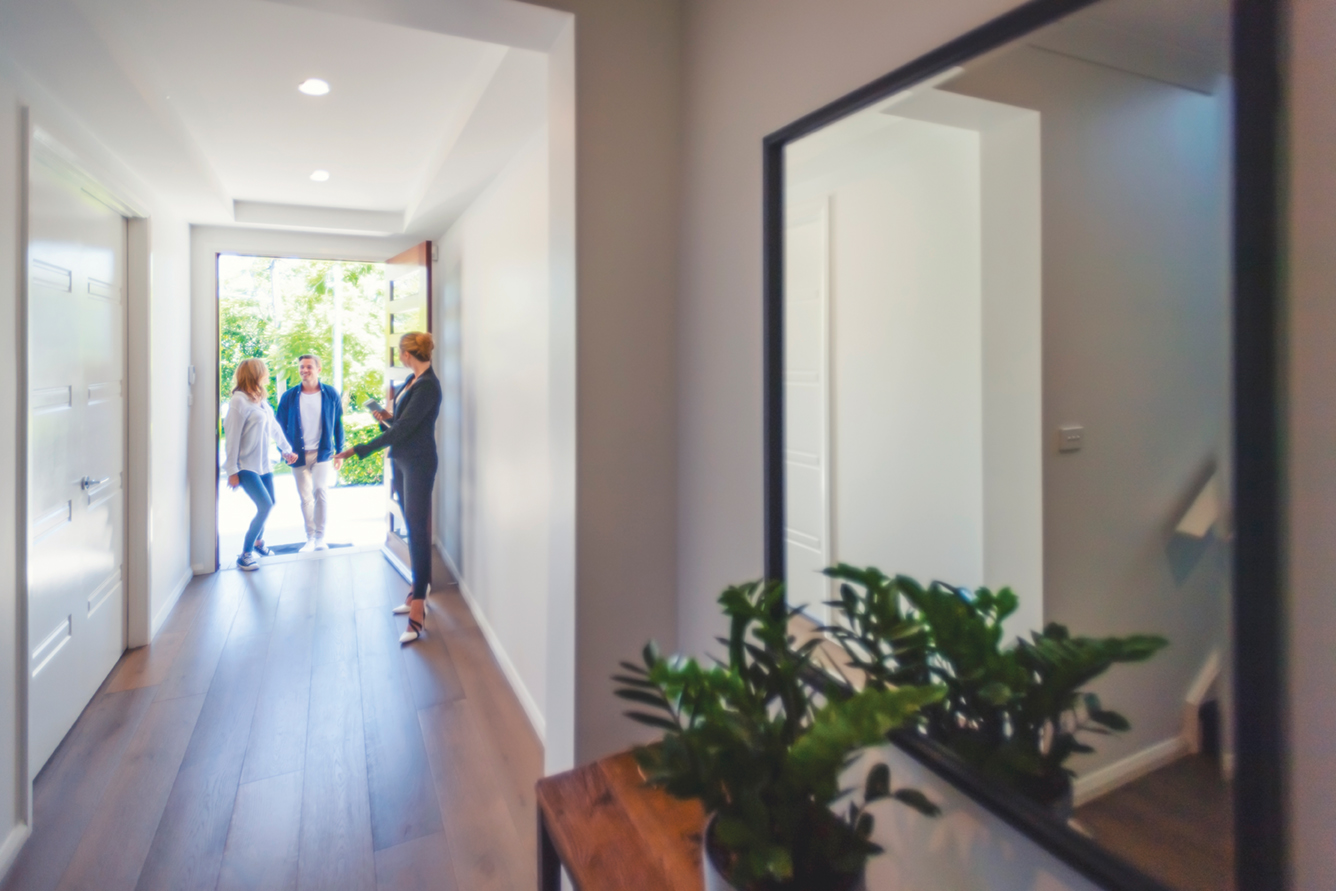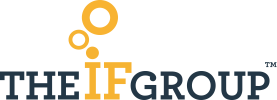Housing Affordability

Affordability crisis fears are on the rise as the property market comes roaring back to life, spurred on by record low interest rates and an easing in lending policies.
The ratio of housing values is 6.5 times higher than household incomes, versus the 4.5 times ratio of the early 2000’s.
So yes, things are pretty much back to normal. With Australia’s property rebound in full swing, prices are on track to recoup their recent losses within the next three months — once again sparking affordability worries.
What’s happening now is real but may not be sustainable. If house prices continue to rise to these sorts of levels, Australia could now be in danger of creating a separate class of Australians permanently locked out of home ownership.
CoreLogic data for January showed the housing sector continuing its climb, despite a slight easing of momentum in the first month of the year.
Australian homes gained 0.9 per cent in value for the month, with Sydney up 1.1 per cent and Melbourne up 1.2 per cent.
The nation’s annual house price growth rate to January was 4.1 per cent — the highest 12-month rate since December 2017.
The median dwelling price in Sydney for January was $862,814, while Melbourne’s median was $681,925, and Canberra’s $630,078.
CoreLogic head of research Tim Lawless said Sydney, the average time it takes to save for a 20% deposit is about 11 years while the average across Australia is 8.7 years.
HILDA survey data shows that in 2002, 34 per cent of 18 to 39-year-olds in Melbourne were homeowners, but that had dropped to 22 per cent by 2018.
“It is a crisis where, over the course of the next couple of decades, we’re likely to see fewer and fewer Australians — particularly poorer Australians — own their own home, and that will have enormous consequences for all aspects of Australian life.”
